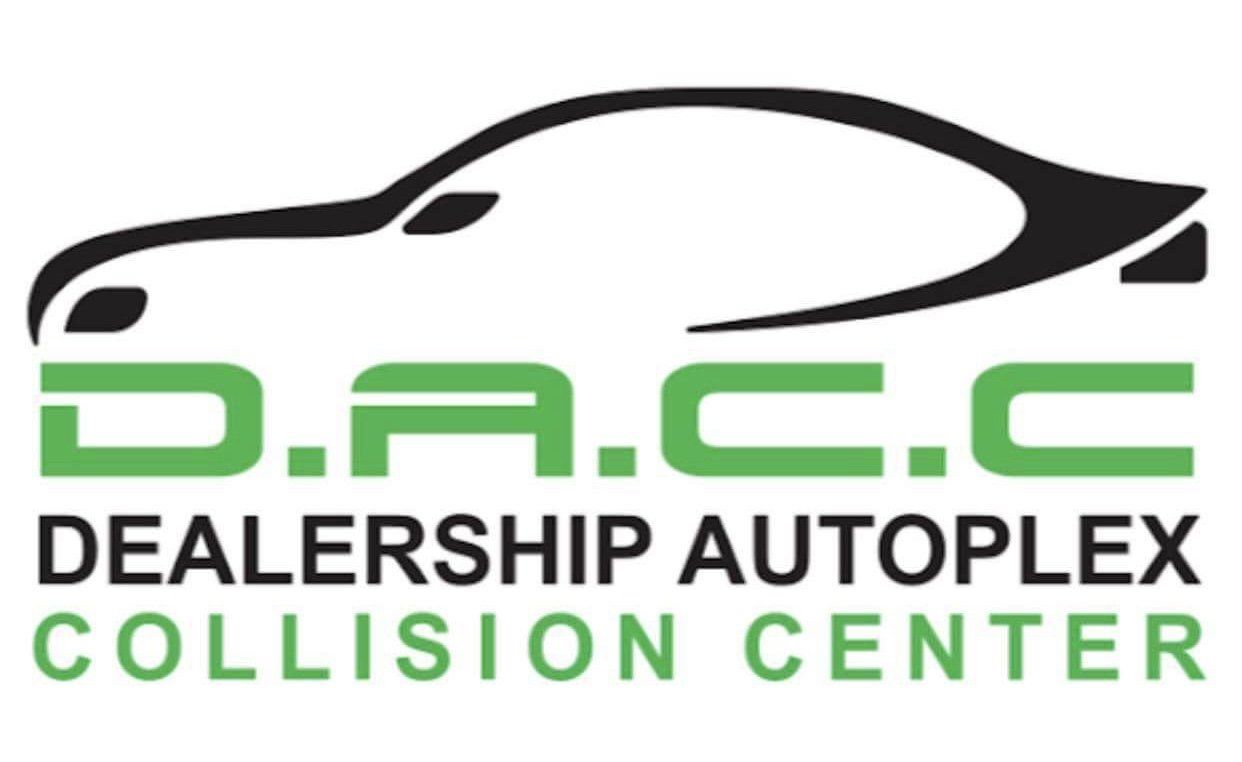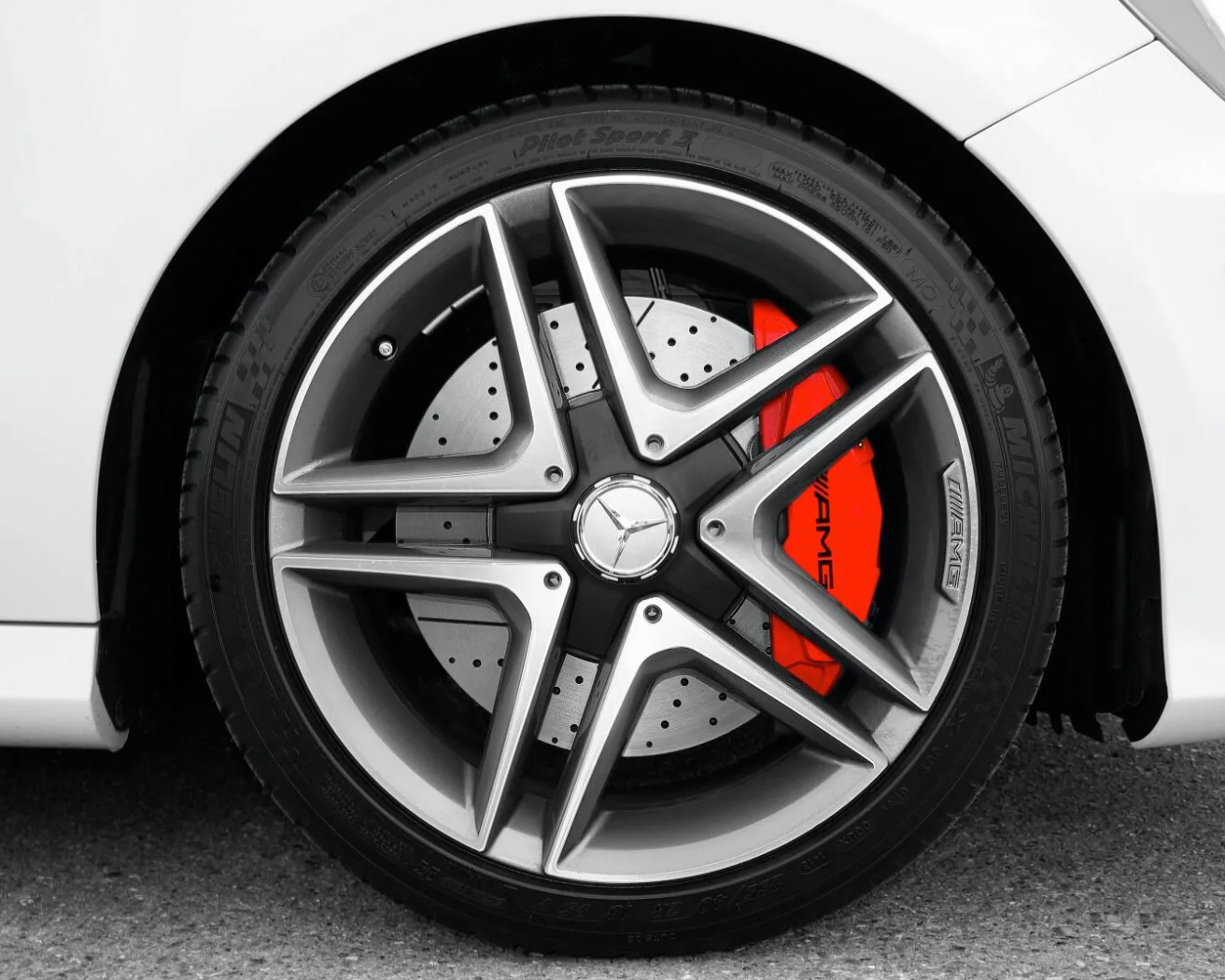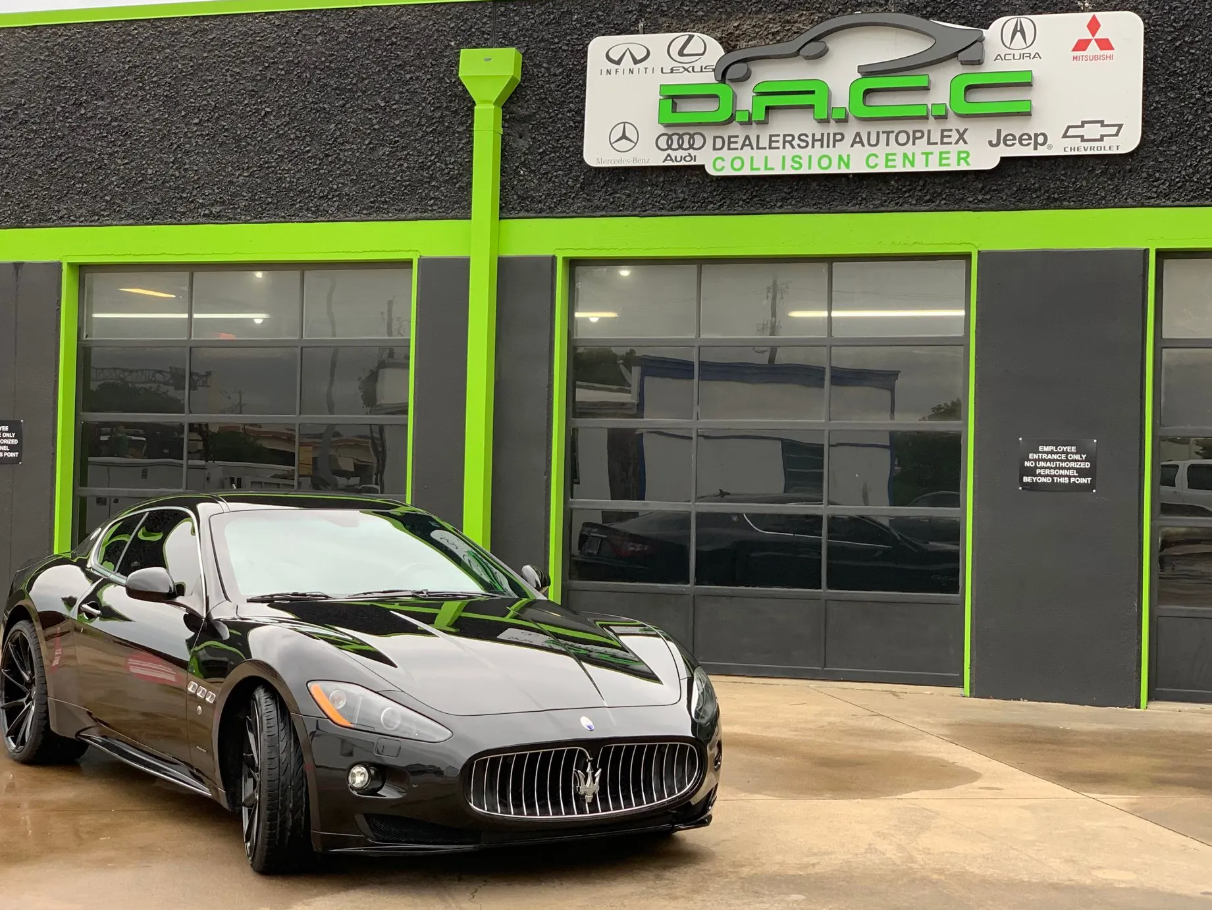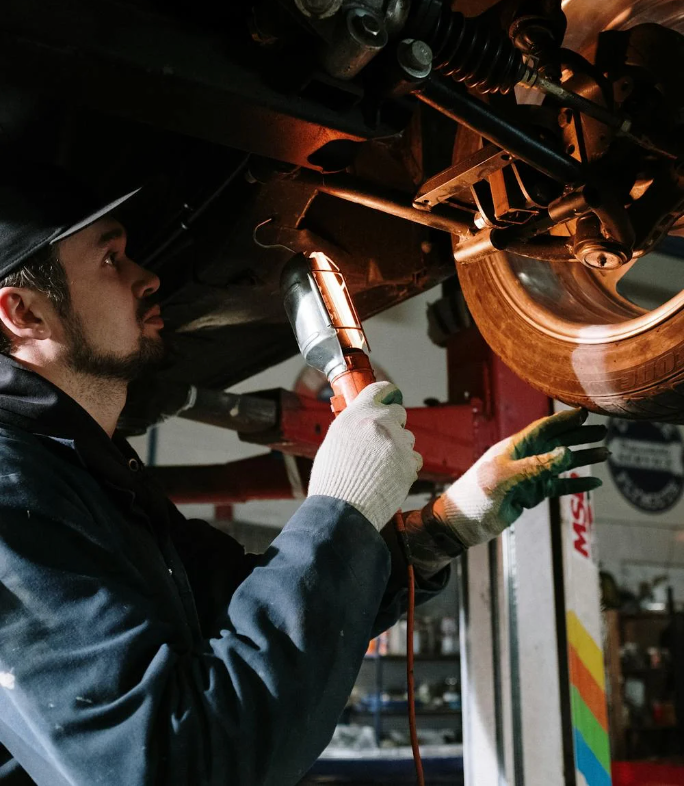The Ins and Outs of Installing Lift and Lowering Kits for Vehicles
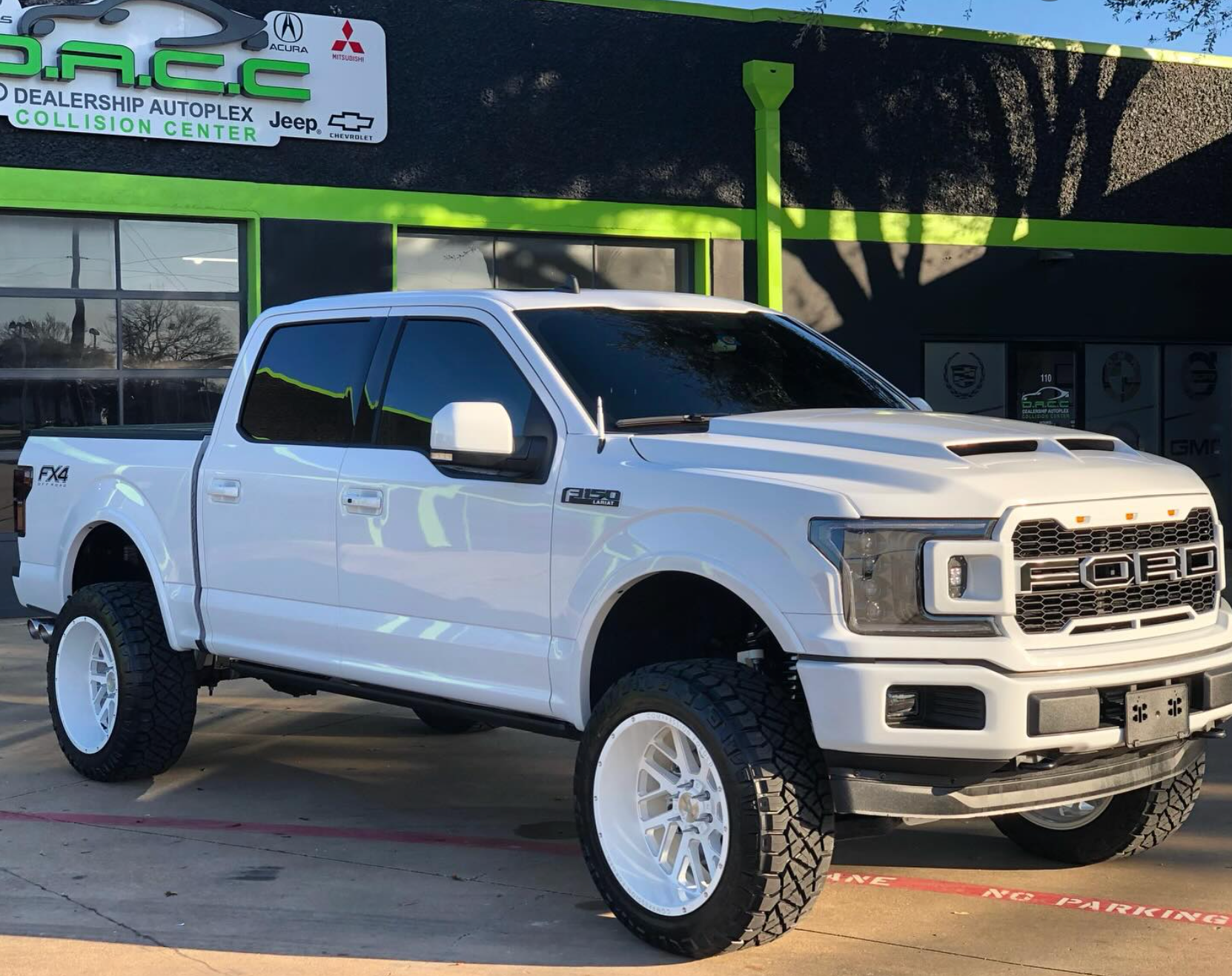
Customizing your vehicle is a personal expression of style and functionality.
When it comes to altering the height of your ride, the decision often boils down to installing lifts or lowering kits.
In this blog post, we'll explore the intricacies of both, shedding light on the processes, benefits, and considerations of elevating or lowering your vehicle.
Lifts: Reaching New Heights:
Lift kits are modifications designed to elevate a vehicle's ride height, providing increased ground clearance. There are various types of lift kits, including body lifts, leveling kits, and suspension lifts. Body lifts separate the body from the frame, while leveling kits raise the front of the vehicle to align with the rear. Suspension lifts, the most comprehensive, involve replacing or modifying suspension components to achieve greater height. Lifted vehicles are popular among off-road enthusiasts, as the added clearance allows for better navigation over rough terrain and larger tires.
Considerations for Lift Kits:
- Intended Use: Consider the primary purpose of your vehicle. If off-roading is a frequent activity, a suspension lift might be the most suitable option.
- Legalities: Be aware of local regulations regarding lift heights, as exceeding legal limits can result in fines or restrictions.
- Tire Size: Lifts often accommodate larger tires, enhancing off-road capability, but ensure they fit within the wheel wells without rubbing.
Lowering Kits: Closer to the Ground:
Conversely, lowering kits are modifications aimed at reducing a vehicle's ride height, providing a sleek and sporty aesthetic. Lowering can be achieved through modifications to the suspension, including shorter springs, coil overs, or altered control arms. This customization often appeals to those looking for improved handling and a more aggressive appearance. Lowered cars generally exhibit enhanced aerodynamics, which can contribute to fuel efficiency.
Considerations for Lowering Kits:
- Ride Comfort: Lowered vehicles may experience a firmer ride due to reduced suspension travel.
- Alignment: Lowering alters the vehicle's alignment, necessitating adjustments to prevent uneven tire wear.
- Driveways and Speed Bumps: Be mindful of potential ground clearance issues, especially when navigating steep driveways or speed bumps.
Installation Process:
Both lift and lowering kits require careful installation to ensure optimal performance and safety. Professional installation is recommended for those without extensive automotive expertise. Lift kits involve more intricate modifications to the suspension system, often requiring specialized tools. Lowering kits may involve removing or replacing springs, shocks, or control arms. A precise installation process is crucial to maintaining the vehicle's structural integrity and handling characteristics.
Pros and Cons of Lifts and Lowering Kits:
- Lift Kits:
- Pros: Improved off-road capability, larger tire options, increased ground clearance.
- Cons: Potential for a higher center of gravity, reduced fuel efficiency, legal restrictions.
- Lowering Kits:
- Pros: Enhanced handling, improved aerodynamics, a sportier appearance.
- Cons: Firmer ride, potential ground clearance issues, altered alignment.
Whether you're aiming for off-road adventures or a sleek street look, the decision to install lift or lowering kits depends on your driving preferences and lifestyle. Both options offer unique benefits and considerations, providing a customized driving experience that reflects your individual style and needs.
Please call us at 972-242-0092 or come by our location at 2536 Dickerson Parkway, Suite 110, Carrollton, Texas, and we would be happy to help you with your automotive needs.
